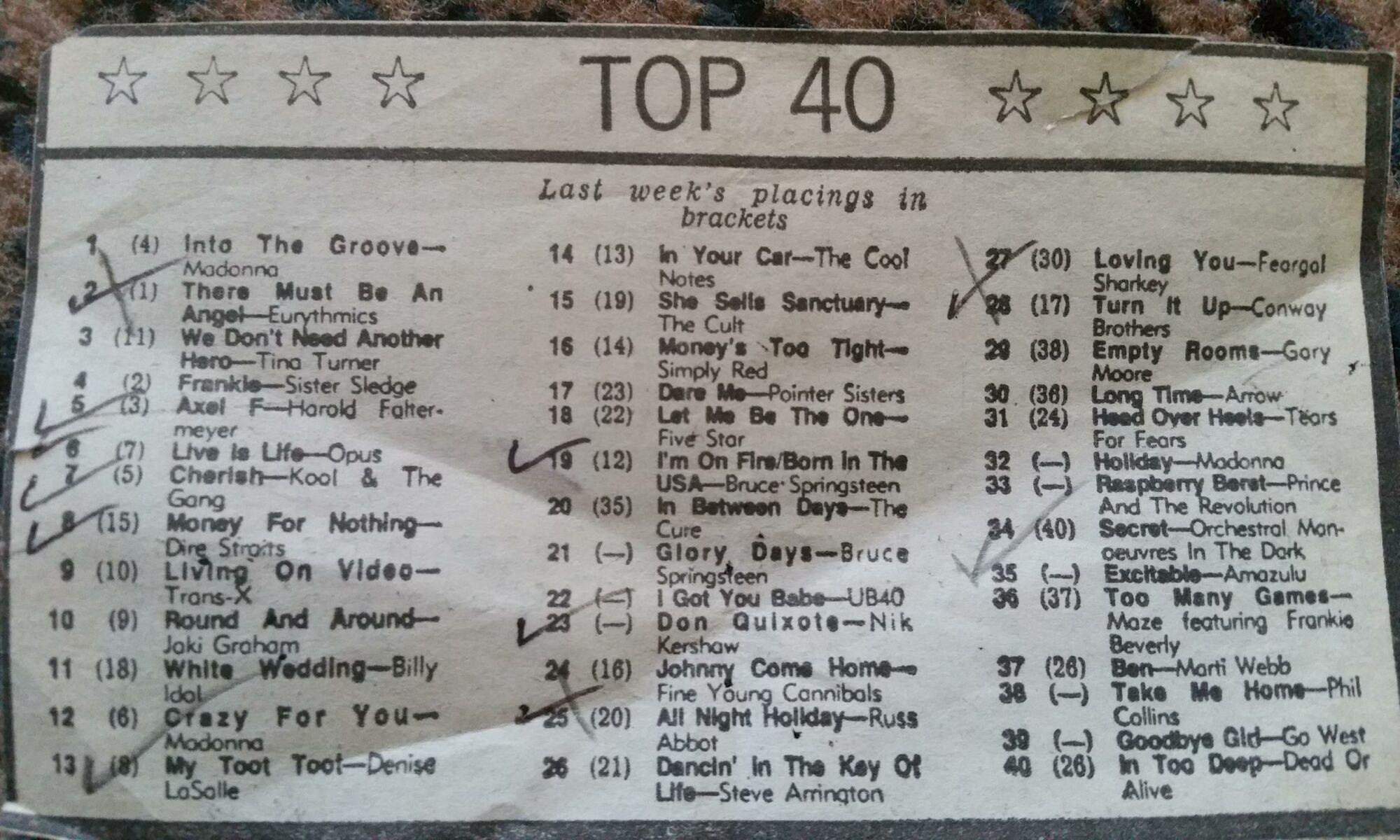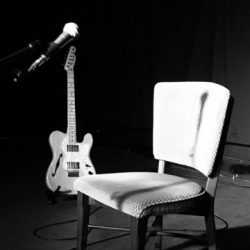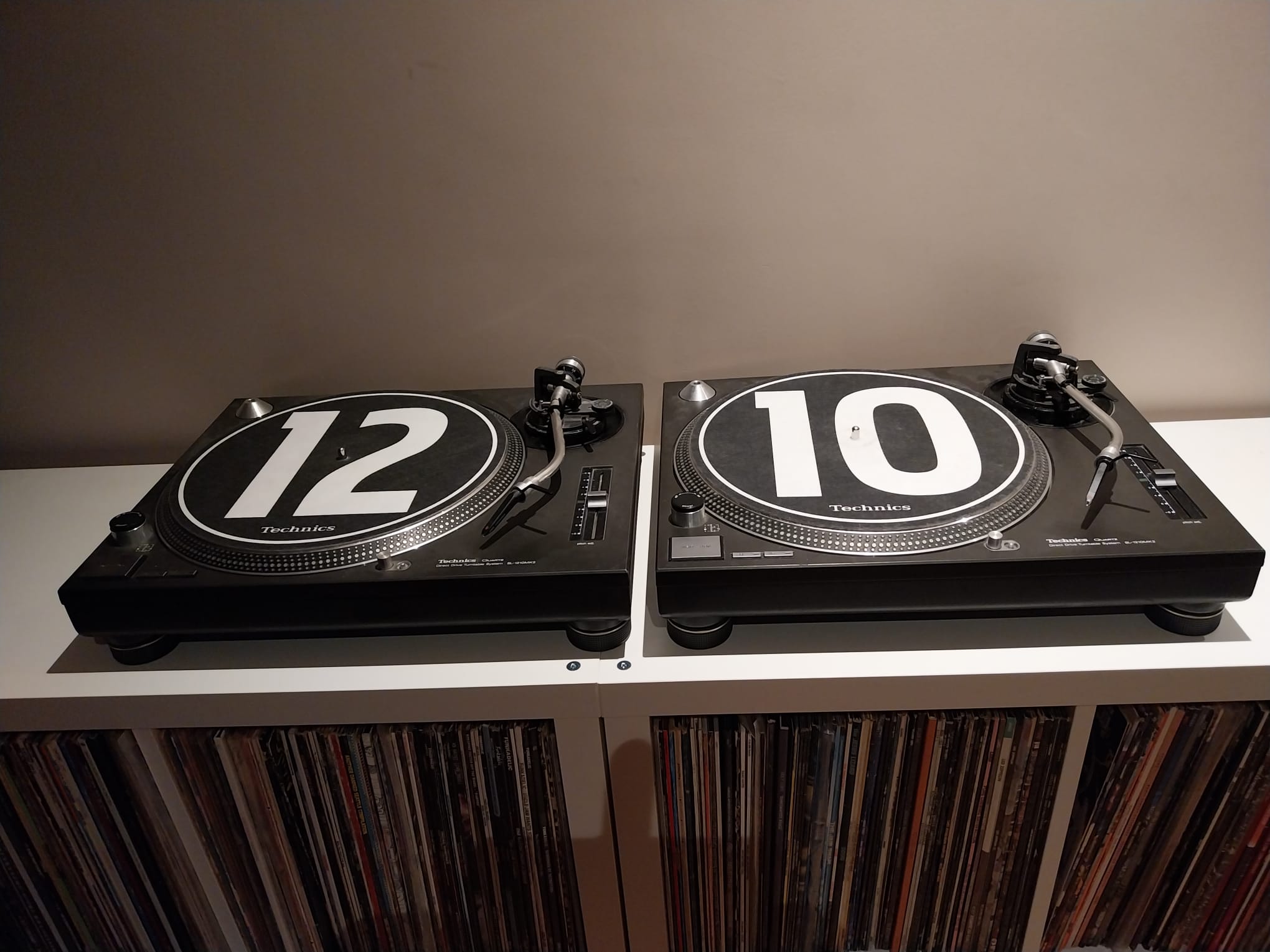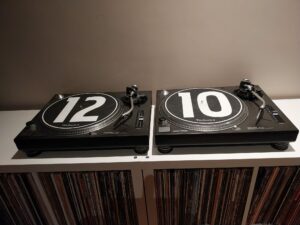
Turntable Stories is a proposed collection of stories, memories and histories. It aims to explore turntable culture through creative non-fiction forms such as memoir, essays, autoethnography, personal histories and reflection. We want your experiences of club culture and of bedroom mixing. We want to know about your turntable heroes and your turntable buddies. Contributions might feature memories of a life-altering rave or cider-soaked indie-disco. They might be about niche scenes and subcultures. They might be about your local pub and its funk and soul night. They might be about your first turntable or the decks you learnt to mix on. Your focus might be broad and cultural or specific and personal. Your story can be funny, heart-breaking, weird or all of these things at once. Contributors can be DJs, collectors, shop owners, researchers, scholars or simply lovers of musical culture. What’s important is the foregrounding of narratives that explore our relationship with our decks, what we use them for and how they shape our musical and cultural selfhood.
The turntable is a significant material presence in our cultural and musical life. Our record players sit in dusty corners of our living rooms, take centre stage in clubs, sit sparkling in upmarket shop windows or sad and neglected in the local Cash Converter. They are coveted, mythologised and fetishised. They are functional and material objects that make our record collections spring into life.
The recent celebrations of hip hop’s fiftieth birthday take DJ Kool Herc’s Bronx party in August 1973 as a starting place. The 18-year-old DJ (known to his mum as Clive Campbell) made the innovative leap to using two turntables at once. In doing so, he ‘played two copies of the same record, a technique known as the merry-go-round where one moves back and forth, from one record to the next, looping the percussion portions of each track to keep the beat alive’. [1] The DJ as artistic maverick and tastemaker was born. With them came the wheels of steel, the ones and twos, the decks.
With this new way to entertain, the DJ’s understanding of music, crowds and spaces soon became a significant and ubiquitous presence in late twentieth century global cultures and subcultures. By the turn of the new century, turntables sat in bars, clubs, festival stages and carnival floats. To DJ was as legitimate as any other musical skill. DJs became celebrities, superstars and icons. Turntablists showed off lightening sleights of hand. Musical lexicon now included scratching, mixing, break pauses and drops. DJs travelled the world with record boxes on wheels. Grooving across polished departure lounge floors in a timeless and looping party zone.
But the turntable has always been a domestic item too. It’s been a hand-me-down from sibling to sibling. It’s been saved up for and bought from brightly lit high-street electrical stores. It’s been a set of broken Technics 1210s with a mixer thrown in for 20 quid a week over a couple of years. It’s been an untouchable presence in the living room, part of a gleaming stack system used only by Dad when he’s doing the crossword with his War Movie themes LP on, or by Mum when she is soundtracking her evening G&T with James Taylor. Decks have been set up in bedrooms, taken to teenage house parties, smuggled into pirate stations at the top of tower blocks. They’ve been direct drive and belt driven. They’ve arrived in boxes with mysterious German and Japanese names printed on them. They’ve been cased in shiny pine and in smudged plastic. They’ve made that hiss and thunk when they hit vinyl. They’ve got dusty. They’ve sat unused but they’ve never really disappeared.
But then, as the new century rolled along, things changed. The warning signs were there in the 80s and 90s when tapes and CDs jostled for position. ‘Much more convenient’, we were told. We didn’t need our record players at home anymore. Clubs moved on too when the CDJ made an appearance. Our loyalty was tested. Then the laptops and pocket-sized gadgets appeared. They held thousands of songs. Then streaming. Suddenly we could access all the music we needed with a few clicks. Sometimes it cost nothing. It paid musicians even less. Music lost its magic. Our tribes and genres dissolved. Record shops looked sad and empty. Record collections were ditched. They ended up in charity shops and car boot sales. They were stashed in lofts and damp garages next to that old, boxed-up turntable. Only a few of us stuck with it. We kept buying them. We kept cleaning them. We kept talking about them. We kept our turntables moving.
Now? Turntables have returned. They are a retro item and a new fascination. Youngsters buy them for playing their new ‘vinyls’. There is a revival. The shops have reappeared and you can buy a flat white in them now. Portable record players like your grandma owned are must-have items for your socials.
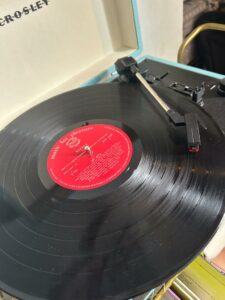
There are days put aside for buying records. You can order slip mats with a photo of your dog on them. T-shirts have pictures of those old knackered 1210s on them. It’s all come round full circle. A full 33 1/3 revolutions.
What all of this means is stories and narratives and this is where you come in.
We are interested in contributions of between 3000 and 4000 words. Contributions can include memories, observations, academic articles or any combination of these forms. We welcome contributions from experienced writers and from first time writers.
Please send abstracts of no more than 300 words and a short biography of no more that 150 words or questions about the project to turntablestories@outlook.com by November 30th 2023.
This collection will be curated by the editors of Venue Stories[2] (Equinox 2023). Turntable Stories will follow a similar format.
